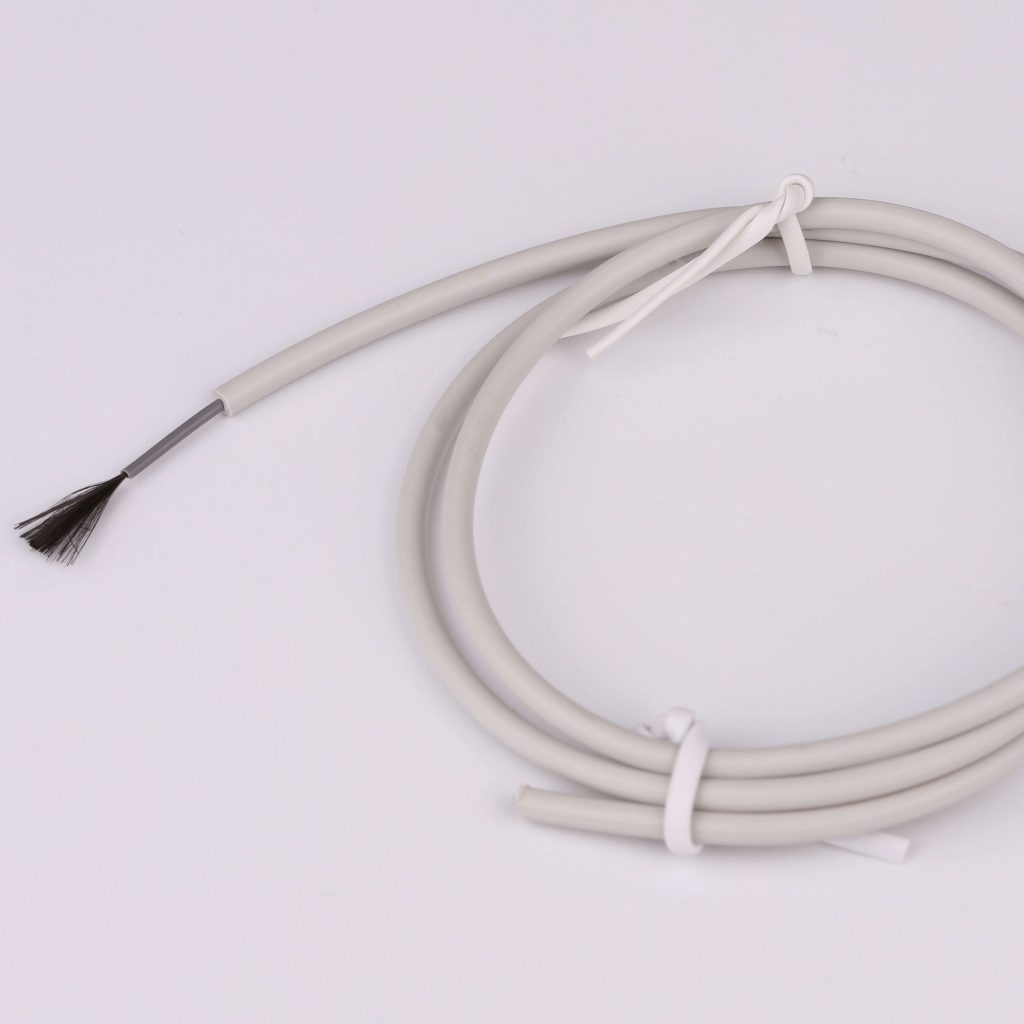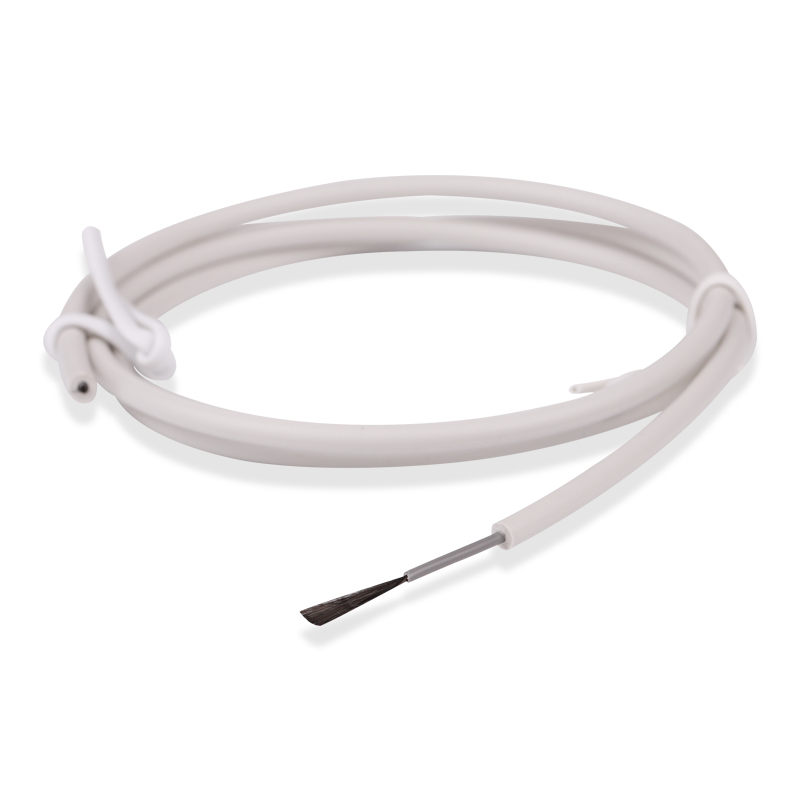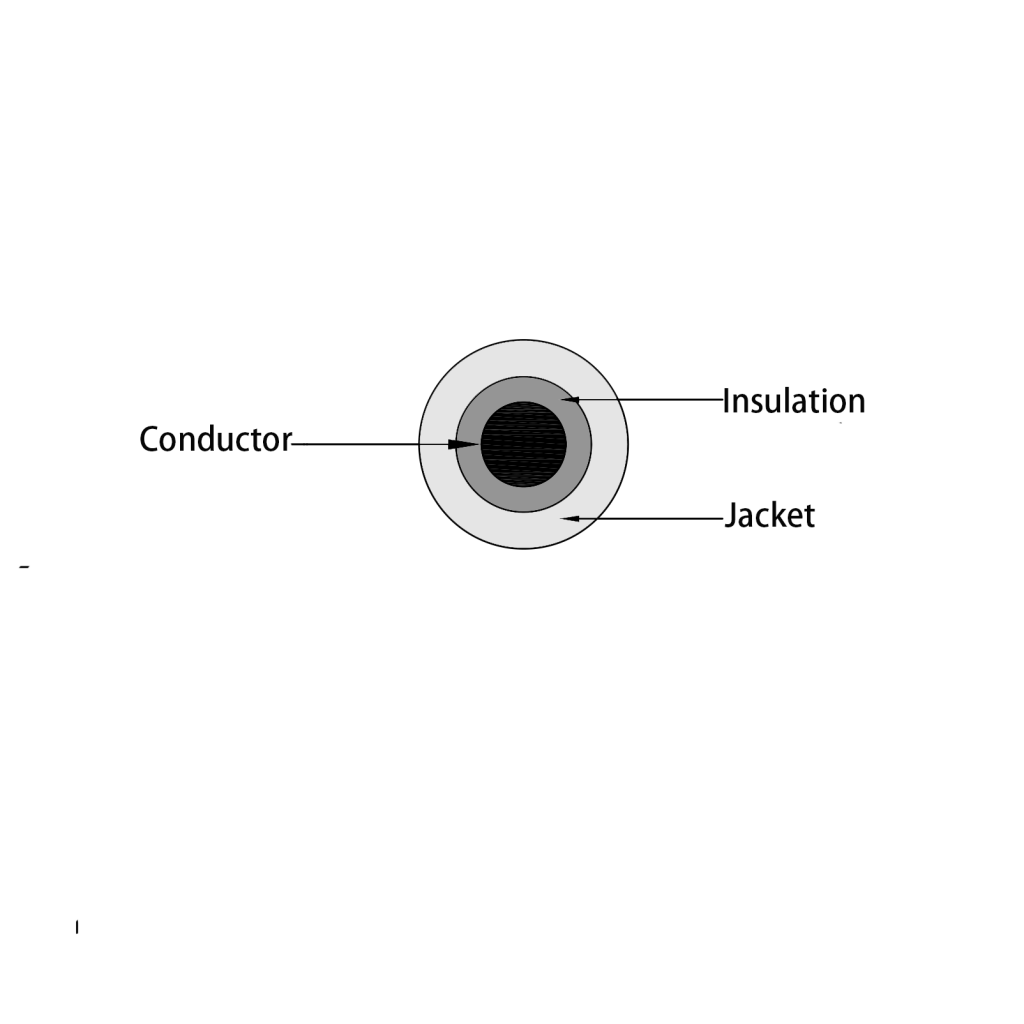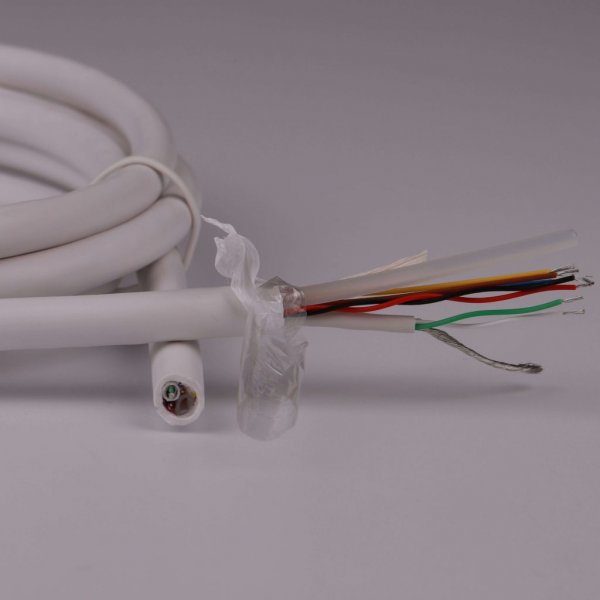Technical Specification
| Items | Specification | ||
| Products name | Single Core Special Purpose Medical Cable Carbon Fibre Cable | ||
| Model | OE201X | ||
| Conductor | Material | Carbon Fibre | |
| Specification | 3000K*5F | ||
| Insulation | Material | HDPE | |
| Nom.Thickness | 0.24 | ||
| Nom.O.D. | ø1.00士0.10 | ||
| Colour | Gray | ||
| Jacket | Material | TPU 5040 | |
| Nom.Thickness | 0.77 | ||
| Nom.O.D. | ø2.60士0.10 | ||
| Colour | Gray | ||
Carbon fiber wires have numerous applications and advantages in the medical field due to their exceptional properties. Here are the key applications and advantages:
Applications:
- Diagnostic Imaging Equipment:
- Used in X-ray and CT scanning devices as structural components like supports and brackets.
- Enhances image quality due to its high strength and low density, reducing artifacts and improving clarity in medical imaging.
- Surgical Instruments:
- Essential in surgical tools such as guide wires, catheters, and surgical implants.
- Provides strength, flexibility, and radiolucency, facilitating precise and minimally invasive procedures.
- Biomedical Sensors:
- Utilized in biosensors for monitoring physiological parameters such as glucose levels.
- Offers excellent conductivity and biocompatibility, ensuring accurate and reliable data for medical diagnostics and monitoring.
- Neurological Applications:
- Used as electrodes in neurostimulation devices for conditions like Parkinson’s disease and chronic pain management.
- Enables targeted stimulation and recording of neural signals with high precision and stability.
- Drug Delivery Systems:
- Integrated into drug delivery devices to enhance precision in drug administration.
- Supports controlled release mechanisms, improving therapeutic outcomes and patient compliance.
Advantages:
- Strength and Durability: Carbon fiber wires are exceptionally strong and durable, making them suitable for demanding medical applications without compromising performance.
- Lightweight: Despite their strength, carbon fiber wires are lightweight, reducing the overall weight of medical devices and improving handling during procedures.
- Biocompatibility: Carbon fibers are biocompatible and inert, minimizing the risk of adverse reactions or tissue responses when used in contact with the human body.
- Radiolucency: Carbon fiber’s low density and radiolucency (transparency to X-rays) improve visibility in medical imaging, allowing for clearer diagnostic images and more accurate surgical navigation.
- Flexibility: The flexibility of carbon fiber wires enables them to conform to complex anatomical structures, enhancing their usability in various surgical and therapeutic applications.
In summary, carbon fiber wires are pivotal in modern medicine due to their unique combination of strength, lightweight nature, biocompatibility, and radiolucency. These properties contribute to their widespread adoption across diagnostic imaging, surgical interventions, biomedical sensors, neurostimulation, and drug delivery systems, ultimately improving patient outcomes and advancing medical technologies.





